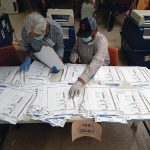
US-Mexico border: at the crossroads of security, sovereignty, and survival

Special to the Times | Donovan Quintero
U.S. Border Patrol Agent Leroy Pooley, left, speaks to another border patrol agent while patrolling along the U.S.-Mexico Border in El Centro, Calif., on March 6. The Mexican military can be seen patrolling its side of the border.
EL CENTRO, Calif.
In El Centro, California’s vast, sunburned desert, U.S. Border Patrol agents walk the invisible line between two countries. Immigration policy meets human struggle, law enforcement meets local culture, and federal authority meets centuries of Indigenous sovereignty.
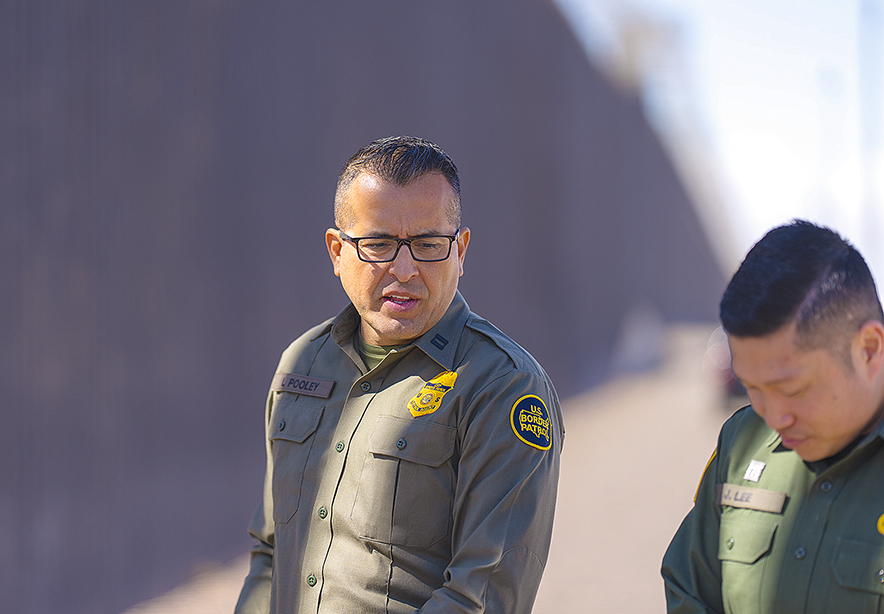
Special to the Times | Donovan Quintero
U.S. Border Patrol Agent Leroy Pooley, left, originally from Greasewood Springs, Ariz., and fellow border patrol agent James Lee, patrol along the U.S.-Mexico border on March 6 in Calexico, Calif.
Agents Leroy Pooley, James Lee, and Mitzy Hernandez know these tensions firsthand. Their daily work brings them face-to-face with migrants, smugglers, and families – people who are desperate, determined, or simply looking for work. They see not just borders but stories.
“Your job is to be out there protecting America,” says Pooley, who is Navajo and Hopi. “Uncle Sam gives you a full tank of gas, and you have to play hide and seek.”
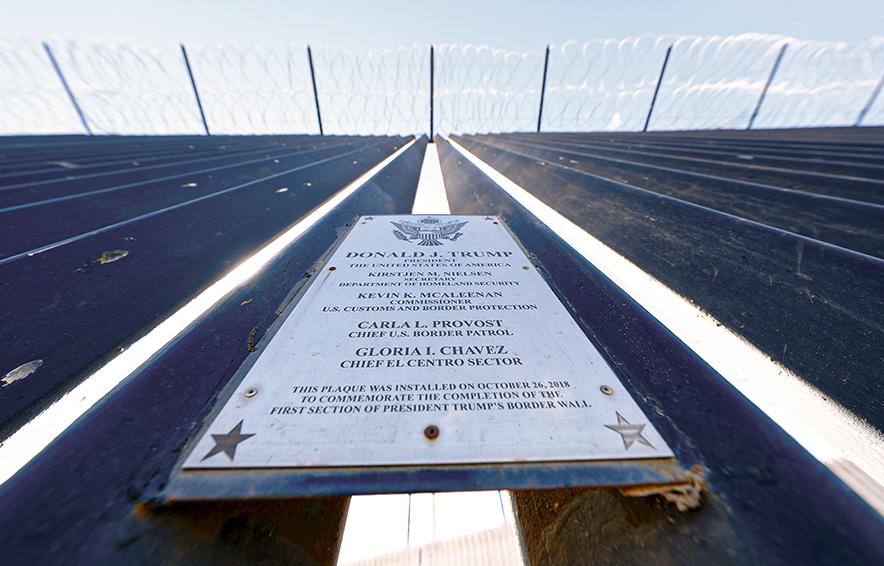
Special to the Times | Donovan Quintero
A plaque in Calexico, Calif., is hung on part of the fence where fencing was erected during President Donald Trump’s first term.
He’s been doing this work for 20 years. The desert is familiar but never easy.
“Migrants face incredible challenges,” he explains. “The journey involves miles of desert, temperatures reaching 120 degrees, with limited water and food.”
Lee, who works in public affairs, added that despite the long and strenuous journey, their job must always be about deterrence.
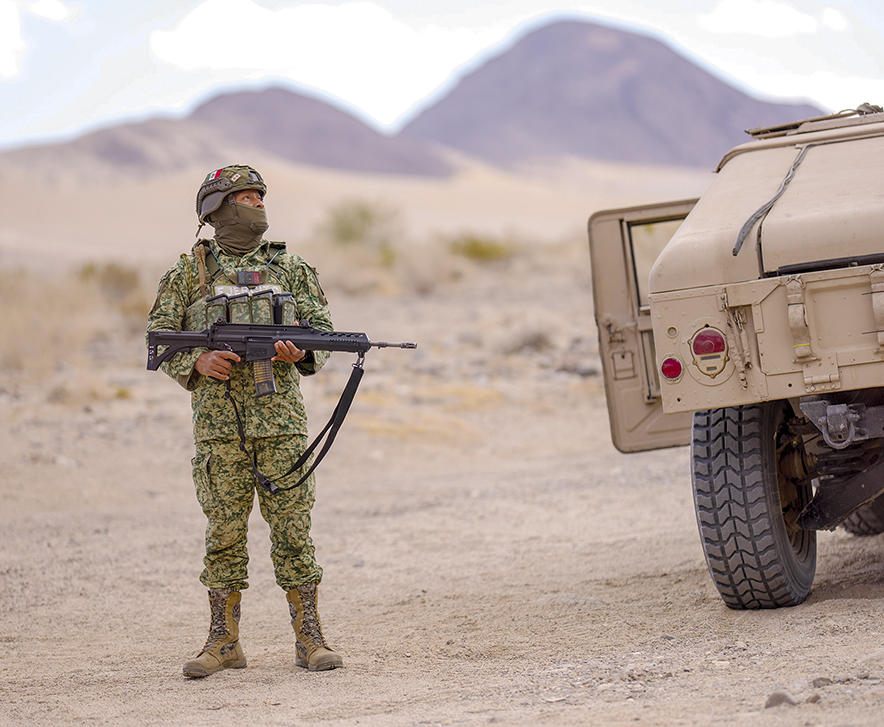
Special to the Times | Donovan Quintero
A soldier with the Mexican military stands guard on the Mexico side of the border west of El Centro, Calif., on March 6.
“The goal is to deter illegal crossings, not just through fences, but through outreach. We tell people: don’t do this. It’s not safe,” said Lee.
To read the full article, please see the April 3, 2025, edition of the Navajo Times.
Get instant access to this story by purchasing one of our many e-edition subscriptions here at our Navajo Times Store.

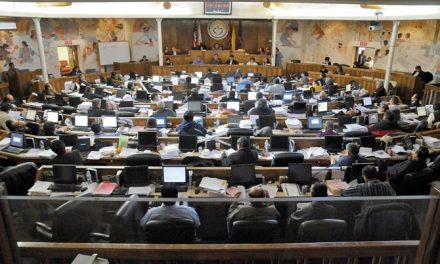
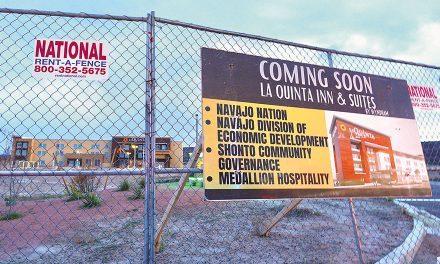
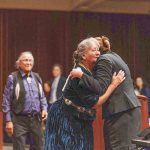
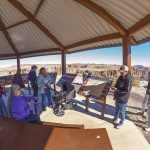



 Highway 264,
Highway 264, I-40, WB @ Winslow
I-40, WB @ Winslow